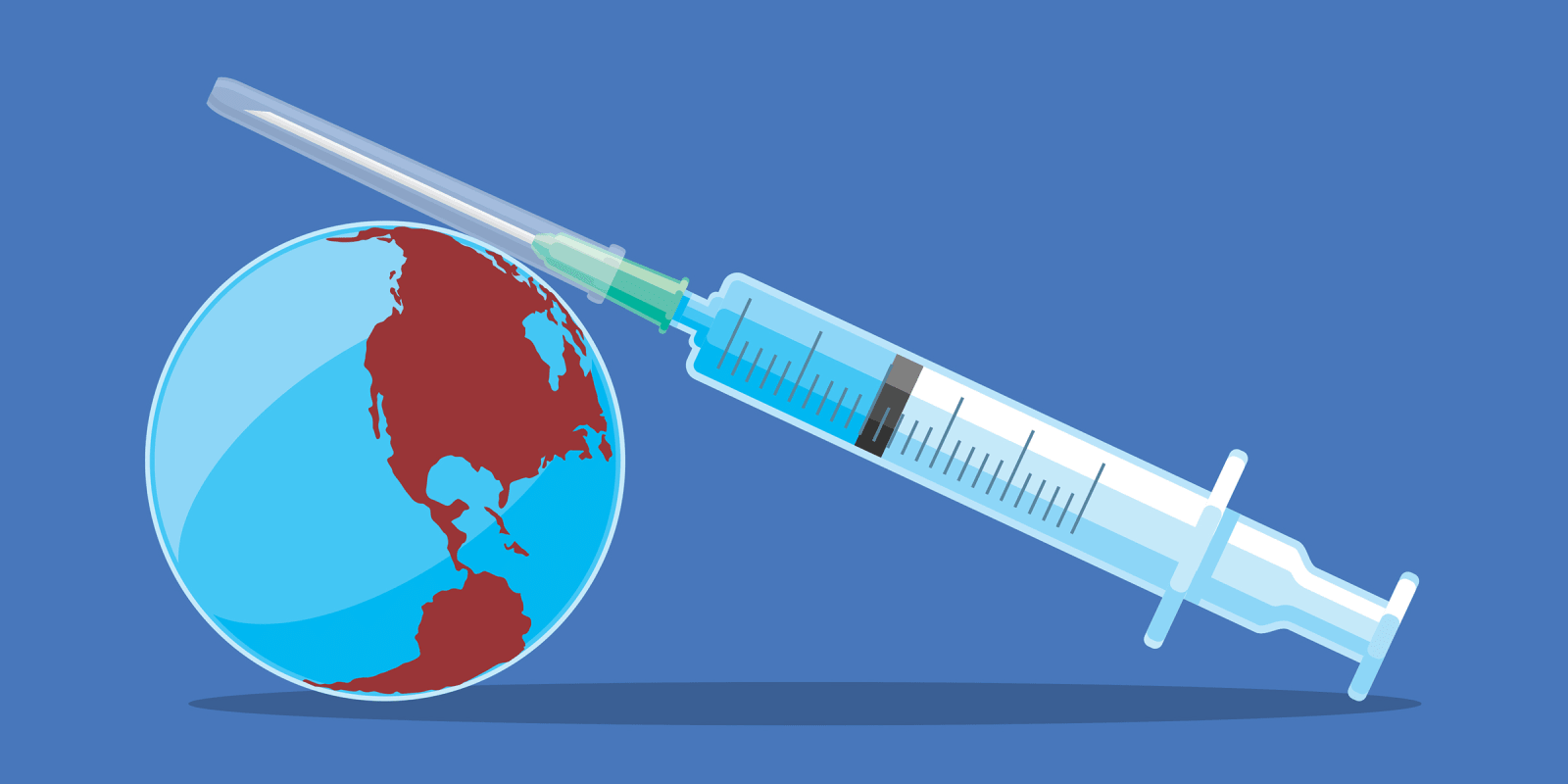
With no viable cure or concrete treatment for the coronavirus in sight, the promise of a vaccine — or two, or three — undoubtedly offers the most plausible solution. And the pharmaceutical industry has taken note. As of August 19, 2020, there were more than 150 vaccines for the coronavirus in the pipeline. Perhaps medical professionals are a bit more familiar with the intricate process of vaccine development and how that can delay a vaccine’s market debut. However, one critical-but-lesser-known challenge hindering vaccine development is supply chain management. So important is this area, in fact, that any mishap can hinder a pharmaceutical company from bringing a vaccine to market or reduce the availability of a vaccine for public use.
As Nitin Goel, MBA, senior manager of early portfolio commercial strategy (global vaccines) at GSK in Washington, DC explained in an interview about the perils of vaccine development for a different publication, the predictability and reliability of vaccine products are the greatest pain points in vaccine development.
For example, vaccine batch manufacturers are often plagued by challenges regarding the predictability and stability of vaccine batches. Not only do vaccines often take a long time to manufacture, but batches often have short shelf lives, high batch failure rates, and can expire quickly. These challenges make vaccine manufacture a sizable investment for a corporation when, after dedicating a significant amount of time to develop, they decide to bring a product to market.
To help manufacturers stay on track, supply chain management has six “rights” of vaccine development. These six principles for best practices in this field might equate to the five rights of medication administration in Western medication. These rights of vaccine development are:
The right product: This statement goes without saying. Manufacturers of vaccines must work to ensure that they cultivate a product that is carefully and accurately tailored towards the target pathogen. It’s like trying to find the right skin care product for sensitive skin. Sometimes, you have to hunt to make sure you’re getting the lotion that is just right for you.
The right condition: There are several basic steps involved in vaccine development — each of which is intricate and very involved. Moreover, this also includes the preparation, storage, and transport of the product throughout all stages, as well as once it makes its way to a hospital or clinic. That said, each step presents an opportunity for error or something to go wrong. Equate this to all the effort and countless photos a photographer may take to get “the money shot.” The lighting, angle, and weather all have to be absolutely perfect for the magic to happen.
The right quantity: One way manufacturers ensure they can meet public demand for vaccines is by anticipating need. Imagine trying to squeeze a size 8 foot into a size 5 shoe. The entire foot just can’t fit because there’s not enough material. Vaccine manufacturers have to prepare for a size 8 demand. When it comes to vaccines, tracking infectious disease trends can prove helpful in some cases. For example, the influenza virus famously thrives during fall, winter, and summer months.
Vaccine manufacturers can thank agencies such as the WHO and the CDC for their constant surveillance of infectious diseases in helping with market projection.
However, perpetual screening for disease outbreaks due to viruses, bacteria, and other pathogens can only do so much. The other arm is that manufacturers must have the available resources to respond to demands, as well as the ability to produce ample amounts of the needed products for the populations and demographics affected by the condition, or whose health might be threatened.
While trying to forecast disease trends makes plenty of business sense, manufacturing vaccines in advance or in anticipation of a health care condition crisis can be a costly venture for manufacturers — especially with no crystal ball to answer questions such as whether the vaccine batches will thrive or how much product will move if successfully produced.
Manufacturers use this well-established epidemiological trend to start developing vaccines in anticipation of the strains expected to be most active during the impending flu season. However, even if manufacturers are able to get ahead of the curve, there are certain challenges they will face, regardless of how well they plan.
A prudent manufacturer might also account for product loss after its vaccine reaches the health care system. According to the WHO, at least 50% of vaccines are wasted either before or after opening the vial. Among the culprits are loss, theft, accidental freezing, leakage, and expired product.
The right place and the right time: The vaccines require transport to the right locations in a timely manner. Sounds a lot like finding that dream job: sometimes, it boils down to being in the right place at the right time to make things come together.
The right cost: Designer clothes are a great luxury, but most people cannot afford to shop at Neiman Marcus for a special occasion, let alone on a regular basis. The same thing applies to vaccines (and health care) in general. Regardless of how good a product may be, it cannot be useful if the majority of the population cannot afford it. Despite the efforts of such government initiatives as the Affordable Care Act to expand coverage to millions of uninsured Americans and help make medications more affordable and therefore accessible, recent years have seen an unprecedented increase in high-dollar drugs.
Zolgensma, the drug for the fatal genetic condition, spinal muscular atrophy, famously leads the pack with its $2.3 million price tag. However, numerous drugs, such as newer therapies for hepatitis C and sickle cell anemia, harbor in the $100,000 range in annual costs. These days, insurance companies have begun implementing new strategies, such as stop-loss policies, to help contain costs. On that same note, even if a vaccine is proven to be effective in preventing a disease, it is useless if the average patient cannot afford it — regardless of his or her insurance status and coverage.
Given the global need for a vaccine, it’s highly unlikely a single manufacturer will be able to address the public's needs. Perhaps the introduction of several coronavirus vaccines will not only help prevent more people from getting sick but also reduce the vaccine costs through competition. Meanwhile, with numerous vaccines in the pipeline, health care workers and the public alike must remain hopeful and vigilant.
In addition to being a licensed pharmacist, Frieda Wiley, PharmD is a contract medical writer and consultant who has written for WebMD, Costco Connection, and the National Institutes of Health. Before launching a full-time writing and consulting career, she practiced in managed care and community pharmacy. She consulted for Pfizer earlier this year. Frieda Wiley was a 2019-2020 Doximity Fellow.







